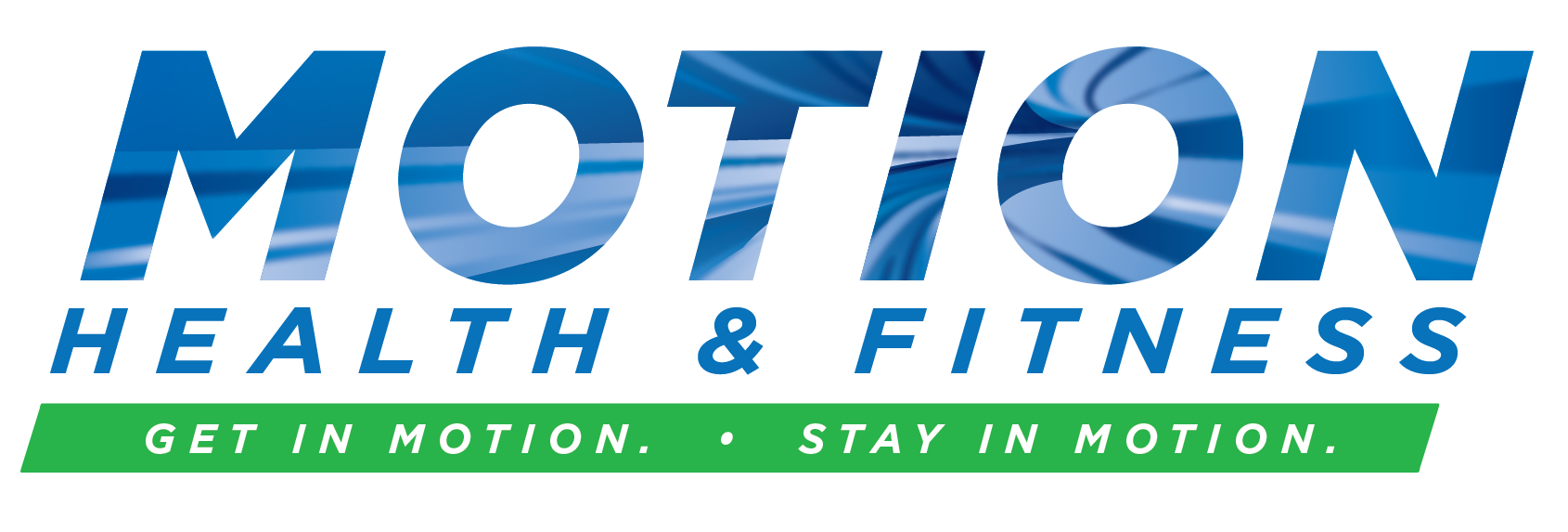Most Americans Are Not Meeting Exercise Guidelines
The American College of Sports Medicine, considered a top fitness authority, recommends that adults accumulate at least 150 minutes of moderate physical activity per week (i.e., 5 days for 30 minutes a session) for basic fitness. The Surgeon General, the Centers for Disease Control (CDC), the American Heart Association and the American Diabetes Association all agree.
If you up the ante to vigorous exercise intensity, 30 minutes, three days per week will get the job done.
Your heart rate offers an objective view of your exercise intensity. In general, the higher your heart rate during physical activity, the higher the exercise intensity.
The American Heart Association and the CDC offer the following definitions:
• Moderate exercise intensity: 50 to about 70% of your maximum heart rate
• Vigorous exercise intensity: 70 to about 85% of your maximum heart rate
If you have goals beyond just achieving basic fitness, such as weight loss or sports enhancement, you’ll need to put in more exercise time. Additionally, people should round out a basic fitness routine with resistance training.
The CDC and Surgeon General note that, “Adults should also do muscle-strengthening activities of moderate or greater intensity and that involve all major muscle groups on 2 or more days a week, as these activities provide additional health benefits.”
However, most Americans are not meeting these recommendations.
In a 2017 survey, more than three-quarters of U.S. adults said being in shape and looking good are “very important” to them, yet less than a third (31%) exercise regularly and nearly half (45%) admitted they are not active at all.
According to the CDC’s 2016 National Health Interview Survey, only 51.7% of adults aged 18 and over met the Physical Activity Guidelines for aerobic physical activity, and just 21.7% met the Physical Activity Guidelines for both aerobic and muscle-strengthening activity.
It’s long been established that most American adults fall short of physical activity recommendations. Again, only about a fifth of Americans meet exercise guidelines, according to the CDC.
Health outcomes, not simply appearance, should be your main motivation. The health benefits of exercise go beyond the physical. Once you make exercise part of your routine, you may notice a host of psychological benefits, such as feeling more energized, less stressed and sleeping better.
As exercise becomes a habit and you notice how good you feel, the more you’ll want to do it. What’s most important is to perform the activities you really enjoy. That helps with adherence to your program.
Get in Motion and stay in Motion.






